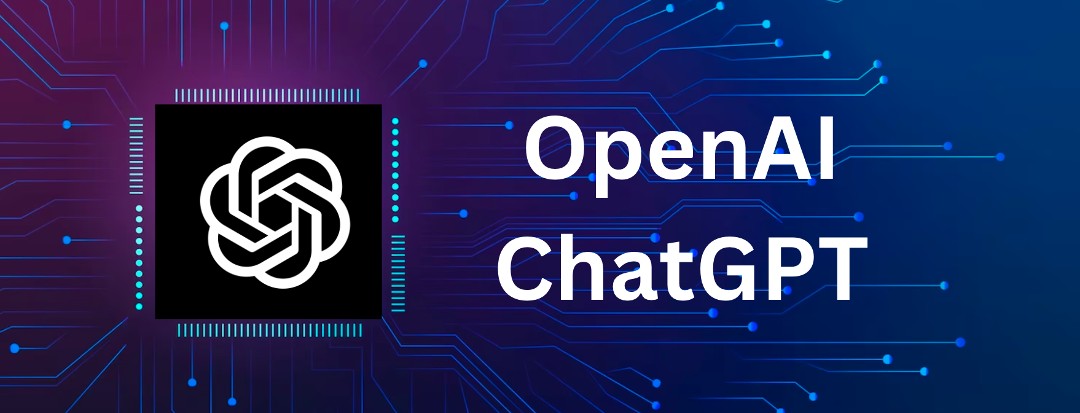IT is always in a state of flux. The success of an enterprise often depends on how well they overcome the challenges posed by the changing tech ecosystem.
Most enterprises have resolved challenges and issues connected with the cloud and mobility. But CIOs who rest on their laurels soon find the going tough, as new challenges emerge. This tech blog discusses the pressing IT strategy challenges facing IT leadership.
1. Remote Working
Remote work, work from home, and telecommuting has always been a win-win situation for enterprises and employees alike. In times of COVID-19, many firms discovered work from home as the only option to keep their business operational.
But remote working throws up several challenges. The IT strategy has to co-opt solutions to resolve these challenges.
Work at home remains a non-starter without:
- Seamless collaboration tools for employees to connect with their teams and customers.
- Top-grade encryption, VPN, and other enhanced security measures. Remote work increases security risks, as employees access office servers through unsecured connections. The number of endpoints goes out of control, forcing enterprises to seek alternate security measures. CIOs have to ensure each remote work laptop has the recommended antivirus suites and use a secure connection.
- Ensuring remote employees have the right hardware, software, and broadband internet. The onus is on CIOs to handhold remote employees into setting up a workable ecosystem.
- Policy on using company laptops at home, or revision to BYOD policies to accommodate work-from-home.
2. New Security Threats

Cyber-attacks keep on growing in size and sophistication. Headline-grabbing cyber attacks have become commonplace for many years running. Tech leaders were bracing to face the next-generation, AI-driven cyberattacks when COVID-19 struck.
The shutdown in response to the pandemic increases cybersecurity risks. Security experts in India estimate cyber-attacks surging 500% since March 2020. In many places, system administrators and IT staff could not have access to their on-premises servers. With more work done online than before, the impact of future breaches is likely to be more catastrophic than before.
Many IoT devices come with vulnerable software components, which increases security risk.
Phishing attacks and sophisticated ransomware attacks are on the rise. Phishing accounted for 78% of cyber-espionage cases in 2019. With attackers launching phishing attacks through the cloud, taking advantage of the trust users have in their enterprise cloud servers, the number of phishing attacks will see a big jump in 2020.
The onus is on IT leadership to:
- Be updated on the latest threats, especially threats targeting mobility.
- Invest in state-of-the-art network monitoring tools, to watch the corporate network.
- Invest in AI-based protection systems to counter the next-gen AI-based threats. MasterCard’s AI-based Decision Intelligence flag abnormal or unpredictable customer behaviour.
- Consider cross-cloud, cloud-agnostic security platforms to secure enterprise assets regardless of location.
- Train employees to identify and pre-empt new and enhanced threats, especially in remote work settings.
3. Data Handling
The stakes on data have never been higher. Enterprises set up Big Data analytics to make sense of the data in their hands. They scramble to gain relevant data which offers them insights on their customers. IDC estimates the world to create and replicate 163 zettabytes of data by 2025.
But Big Data is costly. The cost of data storage adds up. CIOs remain under pressure to filter out unwanted data and ensure only current and relevant data make it to analytics.
Side-by-side, new data and privacy regulations such as EU’s GDPR increase compliance challenges. For example, in 2019, French regulators imposed a fine of 50 million euros on Google, for collecting data violating GDPR procedures.
Forward-thinking enterprises:
- Embed data privacy and data integrity by design in their products.
- Make proactive outreach to the rank-and-file, to make them adhere to the laid down data standards and protocols.
- Invest in cloud platforms, such as AWS and GCP, to capture, process, store and analyze data in one place.
- Have systems in place to ensure data collection, storage, and processing complies with all regulations.
4. Skills gap
Skills have not kept pace with advances in technology. The IT skills gap has increased by 155% in the last three years, globally. Such a vast skill gap will cost an average employer $22,000 per employee, per year. Existing employees face increased stress and burn-out because of overwork.
The skill gap extends into most niche domains, including AI, Cloud Computing, DevOps, security, and IoT.
Enterprises looking to bridge the skill gap:
- Beef up their headhunting activities, to scout for talent.
- Reorient their work processes to adopt a servant leadership style, and facilitate key talent.
- Prioritise professional development, and offer growth and development opportunities for existing staff. Two out of every three IT professionals who change employers do so for better growth and development opportunities.
- Train internal talent, in emerging technology or other new capabilities. Only 60% of employers offer formal training for technical employees.
- Seek skilled independent contractors. Look at outsourcing to get things done rather than rely only on in-house staff. But outsourcing comes with security and reliability risks. The quality of the execution and timely deliverables depend on the outsourcing partner. Select an outsourcing partner through a robust assessment process.
- Widen the net and look at more diverse candidates. Many employers overlook candidates with diverse traits, even when such candidates have adequate skills and competencies.
5. Innovation and Digital Transformation
Gartner estimates two out of every three enterprises seek digital transformation and want it fast. But deploying emerging technology, and using it to drive innovation is easier said than done. The cost implications, resistance to change, and “if-it-ain’t-broke-don’t-fix-it” attitude impede digital transformation.
The onus is on IT leadership to:
- Convince the C-suite about the benefits of digital transformation. They need to pitch value stream-based funding models rather than project-based funding. Quantify and articulate the benefits and ROI of a legacy versus nimble digital capability.
- Take the lead to create a digital transformation strategy, and implement it.
- Herald a culture of openness, transparency, and free flow of information, to encourage innovation.
Digital transformation goes beyond throwing in new hardware and software. Gen Z, for instance, expects control over the technology available to them. Enabling flexible and customizable tech-enriched spaces is an important facet of digital transformation.
IT was, until recently, regarded as a distinct staff function. Times have changed, and the C-suite now realizes the role of IT in delivering competitiveness to the business. Including CIOs in strategy formulation and IT becoming the key driver of change increases the power of IT within the enterprise. But with great power comes great responsibility. The onus is on CIOs, CTOs and their team to understand the emergent challenges specific to their enterprises and tackle it head-on.











